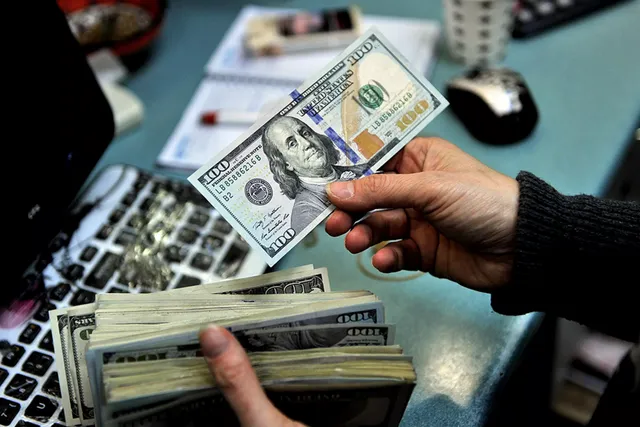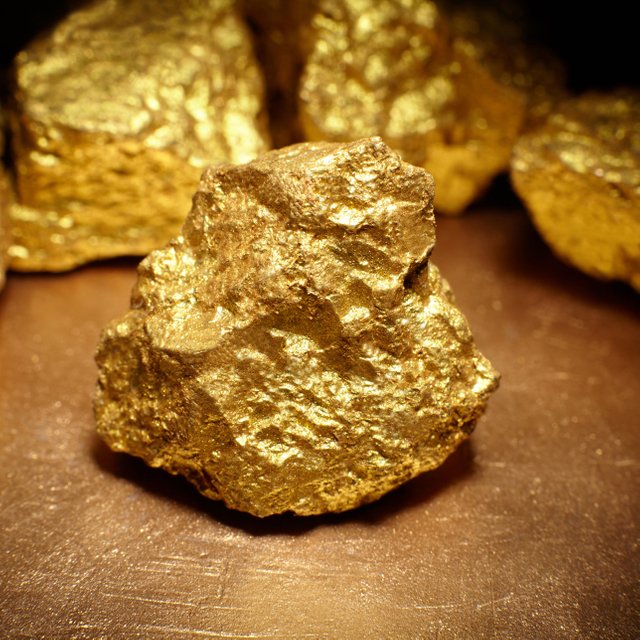world economy How a common bank note came to dominate the world
world economy
How a common bank note came to dominate the world.
The first dollar was printed as a bank note in 1914. A year before this, the Federal Reserve Act was passed, through which the Federal Reserve Bank was established. As such, the age of the dollar is close to 108 years.

source
English novelist and playwright William Somerset has a famous quote. He said, 'Money is the sixth sense, without it you cannot use the other five senses properly.' The global name of this sixth sense is the dollar. In this article today I will determine the exact location of the sixth sense.
Each country has its own currency. As our money, US dollar. But international trade is not done with money, it needs dollars. Most countries of the world do international trade in dollars. That is, if a product is imported, it pays its bill in dollars, and if a product is exported, it gets paid for it in dollars. The dollar is therefore called the 'reserve currency' around the world. 85% of all transactions in the world are in dollars. According to the International Monetary Fund (IMF), about 62 percent of the world's central banks' reserves are held in dollars. Of the rest, 20 percent is in Euros. About 5 percent of the reserves are reserved in Japanese yen and British pounds.
An example is often given to illustrate the importance of the dollar. That is, if a pirate group kidnaps someone at sea, they demand the ransom in dollars and not in any other currency. Again, the price of a loaf of bread on the streets of Dhaka fluctuates with the rise and fall of the dollar. The dollar is so important. At the beginning of this month, every dollar was sold at 120 taka in Dhaka's open market. One dollar costs 200 rupees in Pakistan and 80 rupees in India.
A little history
How the dollar became the global reserve currency! How did an ordinary banknote become so influential worldwide, and will it continue to do so? The Chinese currency yuan or the Russian currency ruble can be an alternative to the American dollar? This question, which has been going on for decades, seems to have become stronger after the Russia-Ukraine war.
The first paper currency of the United States appeared before that country's independence, in 1690. At that time, the currency was mainly used to meet the expenses of the army. The dollar sign ($) was first adopted in 1776, 9 years after independence.
The first dollar was printed as a bank note in 1914. A year before this, the Federal Reserve Act was passed, through which the Federal Reserve Bank was established. As such, the age of the dollar is close to 108 years.

source
As ominous as it may seem, the number '13' is inscribed on the dollar. Its pyramid has '13' steps, the number of eagle's claws is '13', the Great Seal has '13' lines and '13' stars. Cotton and linen are used to make dollars. There is no paper in it. The dollar bears a motto—In God We Trust—added in 1963.
Before the dollar, the British currency, the pound, dominated the world. This coin reigned till 1920. Among the currencies that dominated the 500 years before the dollar came along were the currencies of the United Kingdom, France, Portugal, the Netherlands and Spain. As these countries have colonies in different parts of the world, their currencies also spread around the world.
The United States joined World War I (1914–18) two and a half years later. In that sense, the country was not affected by the war. In addition, the US sells a lot of weapons and equipment to its allies. The value of goods sold is accepted in gold. In this way, a large part of the world's total stock of gold was deposited in the US treasury when the Second World War came. And the United States joined World War II at the last minute. At that time, the United States sold a lot of military equipment to its allies and accumulated a large amount of gold coins in its treasury. Europe was devastated. People have no work.
The dollar is the reserve currency
In this situation, in 1944, 44 countries met for talks in Bretton Woods, New Hampshire, USA. At that time they made a deal. It was decided that the exchange rate of the currencies of these countries will be determined based on the US dollar. And the value of the dollar is then based on gold. In 1947, the United States held 70 percent of the world's total gold reserves. As the United States held huge gold reserves and the value of the dollar was stable, those countries agreed to keep the dollar as a reserve currency in their central banks. Basically the dominance of the dollar started from that.

Incidentally, the International Monetary Fund (IMF) and the World Bank were established through the Bretton Woods Agreement. Traditionally, the head of the IMF is elected from European countries and the head of the World Bank is elected from the United States. In the 1950s and 1960s, the economies of Western European countries and Japan began to turn around. They started buying gold from the US with dollars. US gold reserves continue to decline. On top of that, Washington began printing large amounts of paper money under pressure to pay for the Vietnam War. It becomes difficult to maintain gold's peg to the dollar.
Thus comes the year 1971. Then US President Richard Nixon announced that the value of the dollar would no longer be based on gold, known as the 'Nixon Shock'. Through this the dollar becomes 'fiat money'. Still, the importance of the dollar has not diminished. In 1973, amid heightened tensions in the Middle East, the United States made a historic pact with Saudi Arabia to maintain its hegemony around the world. It is said that the countries of the world who will import fuel oil from Saudi Arabia will have to pay the price in US dollars. In return, the United States will protect Saudi Arabia from foreign attacks. Two years later in 1975, OPEC, the alliance of oil producing countries, took the same decision as Saudi Arabia. That is, all oil sales must be paid in dollars only. Thus day by day the dominance of the global dollar continues to increase.
How likely are other currencies?
For more than a decade, many countries around the world have been trying to see if they can buy and sell goods in currencies other than the dollar. After the recent Russia-Ukraine war, there is renewed talk about the supremacy of the dollar as a reserve currency. Recently, Russia, China and the BRICS countries agreed to introduce a single reserve currency, which economists fear could erode the dominance of the dollar to some extent.
Russia has made it clear to European countries that they will not export gas and oil unless the price is paid in rubles. Because, due to the sanctions of the United States and the European Union, the Kremlin is not able to use half of its foreign exchange reserves. Because these reserves were kept in dollars and euros. At the beginning of August, Russia's reserves were $575 billion. Meanwhile, Russia has also taken some 'punitive' measures. Ignoring the threat of the United States, some countries have started importing oil and gas according to Russian conditions. Recently, an Indian cement company imported coal from Russia in exchange for Chinese yuan.
According to concerned experts, overcoming the dollar will not be easy. If the US raises their interest rates, the whole world will be in for a big shock. Because of the dollar-based global financial system, the Federal Reserve Bank of the United States can sway the economy around the world.
Apart from that, another strength of the dollar is that its value is determined by market dynamics. There is no US government interference here. The same applies to the euro, the common currency of European countries. But there are allegations of interference by respective governments in the ruble or yuan.
After the declaration of 'fiat money' in the 1970s, the death of the dollar was feared. For the next two decades, there was talk that the Japanese yen would usurp the dollar's dominance. The name of Euro was heard in the zero decade. Now the Chinese Yuan is being talked about. Despite all this, the reign of the dollar has not decreased so much. Recently, the dollar and the euro have been cheering as Russia has become increasingly isolated. William Somerset Mum's sixth sense is therefore undoubtedly the dollar.
thanks to all
please upvote and follow me on steemit
@hasan001